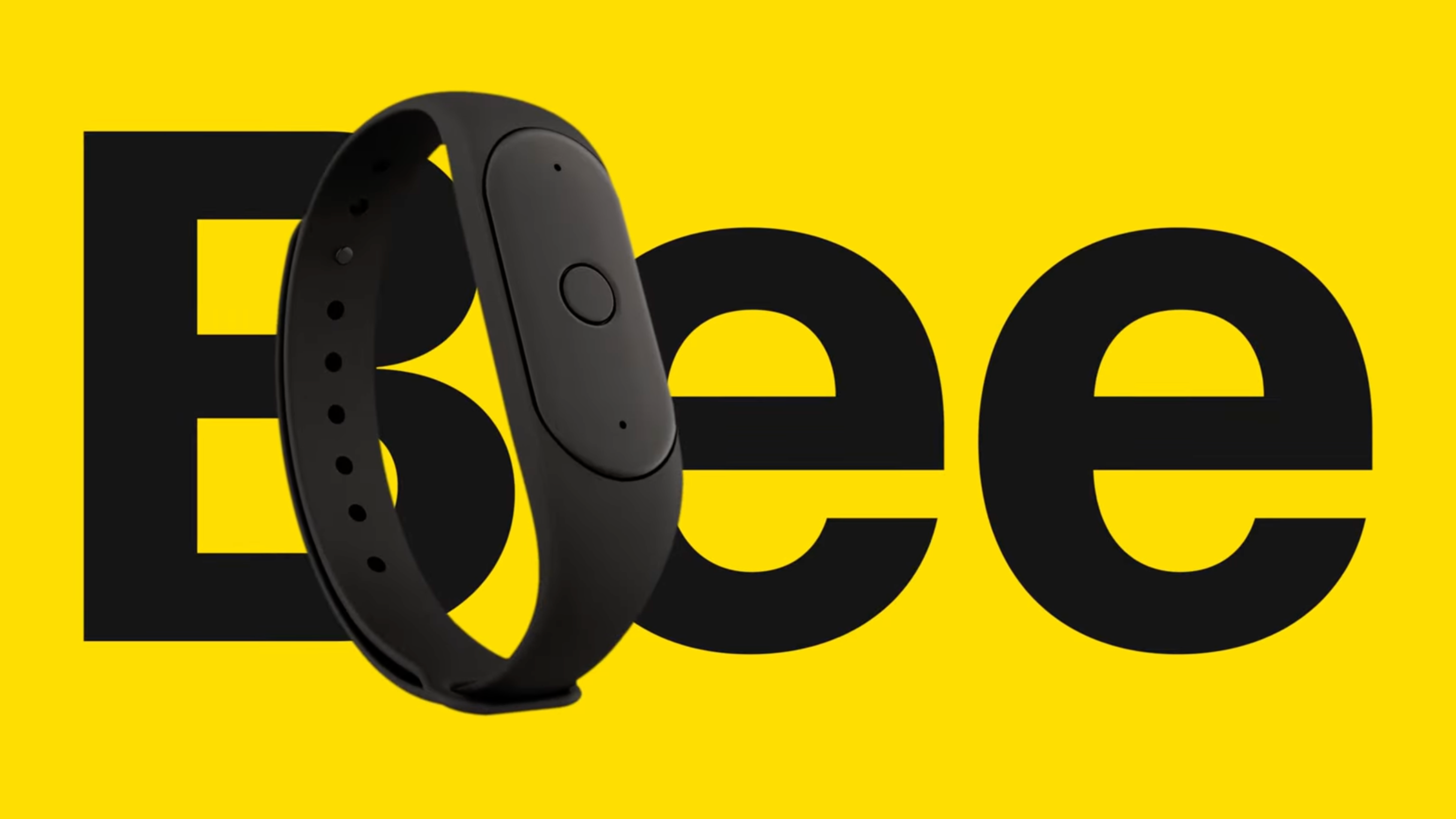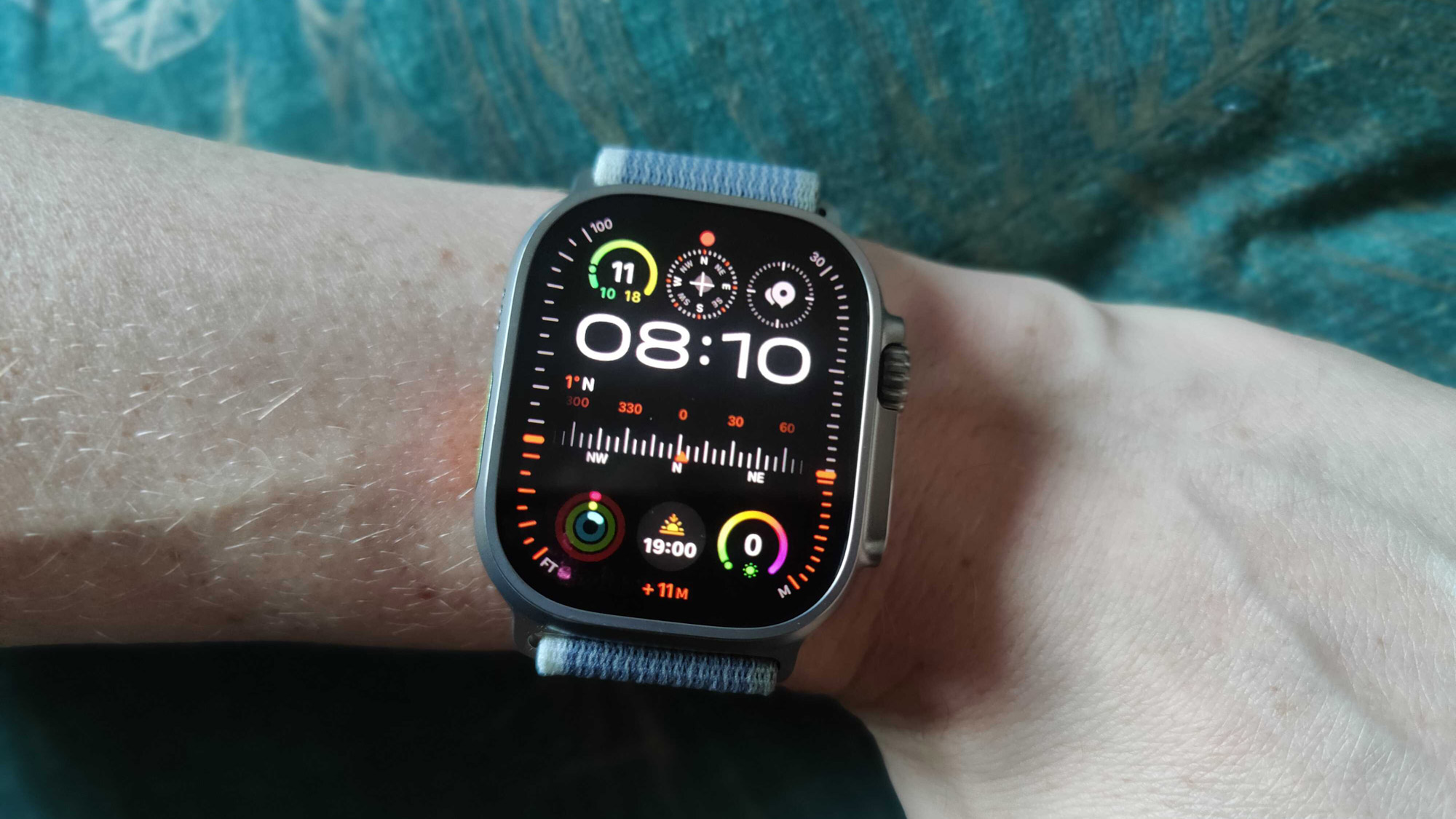wearable device data privacy what you need to know
Navigating the Wearable Privacy Landscape: A Senior Analyst's Perspective
As wearable technology collects increasingly sensitive biometric data in 2025, regulatory frameworks are rapidly evolving to address privacy concerns while organizations face new compliance challenges.
Market Overview
The wearable technology landscape has transformed dramatically by mid-2025, with devices now collecting unprecedented volumes of sensitive biometric data. European regulators have expanded GDPR enforcement to encompass non-medical biometric devices, requiring explicit informed consent for data collection and mandating encryption both at rest and in transit. Organizations must now notify regulators of breaches within 72 hours, forcing companies to completely rearchitect backend systems to process terabytes of sensitive data daily while maintaining compliance. In the United States, HIPAA regulations have expanded beyond traditional clinical settings to include fitness trackers and other consumer wearables that provide diagnostic-adjacent functionality, effectively treating them as medical devices subject to stringent patient privacy protections.
The Equal Employment Opportunity Commission (EEOC) made a significant market impact with its January 2025 guidance specifically addressing workplace wearables. This guidance explicitly warns that mandating employee wearables for health monitoring or productivity tracking without proper safeguards may violate discrimination laws. The EEOC has identified three critical areas of concern: data collection practices, usage of wearable-generated information, and reasonable accommodation requirements—creating a complex compliance landscape for employers implementing wearable technology programs.
Technical Analysis
From a technical perspective, wearable devices in 2025 present unique security challenges due to their continuous data collection capabilities. Modern wearables now capture extensive biometric markers including heart rate variability, ECG patterns, stress levels, and sleep quality metrics—all of which may be classified as protected health information under expanded regulations. The technical requirements for securing this data have become substantially more rigorous, with GDPR mandating encryption protocols for data both at rest and in transit.
The EEOC's technical guidance specifically addresses how certain wearable technologies may constitute "medical examinations" under the Americans with Disabilities Act when they collect information about physical or mental conditions. For example, devices monitoring blood pressure or utilizing eye-tracking technology may trigger ADA compliance requirements. This classification has significant technical implications for data storage architecture, as the ADA requires medical information to be maintained separately from personnel files with strictly limited access controls.
A critical technical consideration is the accuracy and validity of wearable-generated data across different demographic groups. The EEOC has highlighted that reliance on technology producing less accurate results for individuals with darker skin tones could lead to discriminatory practices—underscoring the importance of algorithm validation and bias testing in wearable technology deployment.
Competitive Landscape
The regulatory environment has created distinct competitive advantages for established wearable technology providers with robust privacy infrastructure. Smaller startups face significant barriers to entry due to compliance costs associated with expanded HIPAA and GDPR requirements. This has accelerated market consolidation as larger players acquire innovative startups that lack resources to implement comprehensive privacy frameworks.
Enterprise wearable solutions now compete heavily on privacy features, with market leaders differentiating through enhanced data protection capabilities. Top-tier offerings include granular consent management systems, federated learning approaches that minimize raw data transmission, and zero-knowledge proof implementations that verify compliance without exposing sensitive information. Consumer-facing wearable manufacturers have responded by implementing privacy-by-design principles, with market leaders offering local processing options that minimize cloud data transmission.
Healthcare-adjacent wearable providers face particularly intense competitive pressure as they navigate the blurred boundary between wellness devices and medical tools. Those that have proactively implemented HIPAA-compliant infrastructure enjoy significant market advantages, while others struggle with retrofitting privacy controls into existing architectures—creating noticeable performance and user experience disparities across the competitive landscape.
Implementation Insights
Organizations implementing wearable technology programs must now develop comprehensive privacy frameworks that address both regulatory requirements and ethical considerations. For employers, the EEOC's December 2024 fact sheet on "Wearables in the Workplace" provides essential implementation guidance. Any workplace wearable program must include transparent data collection policies, voluntary opt-in mechanisms, and robust safeguards against misuse of biometric information.
Effective implementation requires treating wearable-generated health data with the same level of protection as traditional medical records. This includes maintaining strict confidentiality protocols, storing this information separately from personnel files, and limiting access to individuals with legitimate business needs. Organizations must also develop clear policies prohibiting the use of wearable data for discriminatory purposes, such as making adverse employment decisions based on heart rate patterns or other biometric indicators.
A critical implementation consideration is the accommodation process for employees who cannot use standard wearable technology due to disabilities, religious beliefs, or pregnancy-related conditions. The EEOC guidance explicitly requires employers to provide reasonable alternatives when wearable technology conflicts with protected characteristics. Organizations should develop these accommodation protocols before deployment to avoid potential discrimination claims.
Expert Recommendations
Based on current regulatory trends and technical realities, organizations should implement a multi-layered approach to wearable device privacy. First, develop comprehensive data minimization strategies—collect only what's absolutely necessary for your specific use case rather than capturing all available metrics simply because the technology permits it. This reduces both compliance burden and security risk.
Second, implement robust consent management systems that provide users genuine control over their biometric data. This includes granular permission settings, clear explanations of data usage in plain language, and straightforward mechanisms to revoke consent. The days of buried privacy policies and all-or-nothing consent are effectively over under current regulatory frameworks.
Third, conduct regular privacy impact assessments specifically focused on wearable technology deployments. These assessments should evaluate not just technical security controls but also potential discriminatory impacts of data collection and usage. Pay particular attention to algorithmic bias in how wearable data is interpreted across different demographic groups.
Finally, stay vigilant regarding regulatory developments. The rapid evolution of privacy frameworks suggests additional guidance will emerge throughout 2025 and beyond. Organizations that maintain flexible privacy architectures capable of adapting to new requirements will enjoy significant competitive advantages while avoiding potential compliance penalties.
Recent Articles
Sort Options:

How to remove personal data from the internet before it's too late
In an era of rampant data collection, users must take proactive steps to protect their privacy. The article emphasizes the importance of managing personal data online and suggests using services like Incogni to erase unwanted information.

Meta Says ‘Big Wearable’ News Is Coming, but There’s Only One Thing I Want to Know
A recent article emphasizes the desire for simplicity in wearable technology, highlighting the appeal of devices that focus on a single, effective feature. This trend reflects a growing consumer preference for streamlined functionality over complex capabilities.

Jury Decides Meta Stole Data from Users of Period-Tracking App. What to Do If You're Worried
A significant privacy case against a tech company regarding the Flo app has sparked major concerns about the covert use of health applications. This ruling highlights the urgent need for transparency in the health tech industry.

Amazon just bought the $50 wearable that never stops listening
The article explores the evolving role of personal assistants, weighing their potential benefits against privacy concerns. It raises critical questions about the balance between convenience and data security in an increasingly digital world.

Porn Ban Warning For Millions Of iPhone And Android Users
The article emphasizes the importance of safeguarding devices, data, and personal identity. It provides essential tips and strategies to protect against digital threats, ensuring users remain secure in an increasingly connected world. Stay informed to enhance your cybersecurity awareness.

RFK Jr. Wants All Americans to Use Wearables to Track Their Health: What That Means
The Health Secretary advocates for widespread use of health-tracking devices, emphasizing their potential benefits. However, the publication notes that the accuracy of these devices can differ significantly, raising important considerations for users.

watchOS 26 could help protect your privacy with this secret new Apple Watch setting
The watchOS 26 beta reveals a potential new privacy feature allowing users to hide complication data until their Apple Watch is unlocked. This aligns with Apple's commitment to user privacy, ensuring health data remains concealed on locked devices.